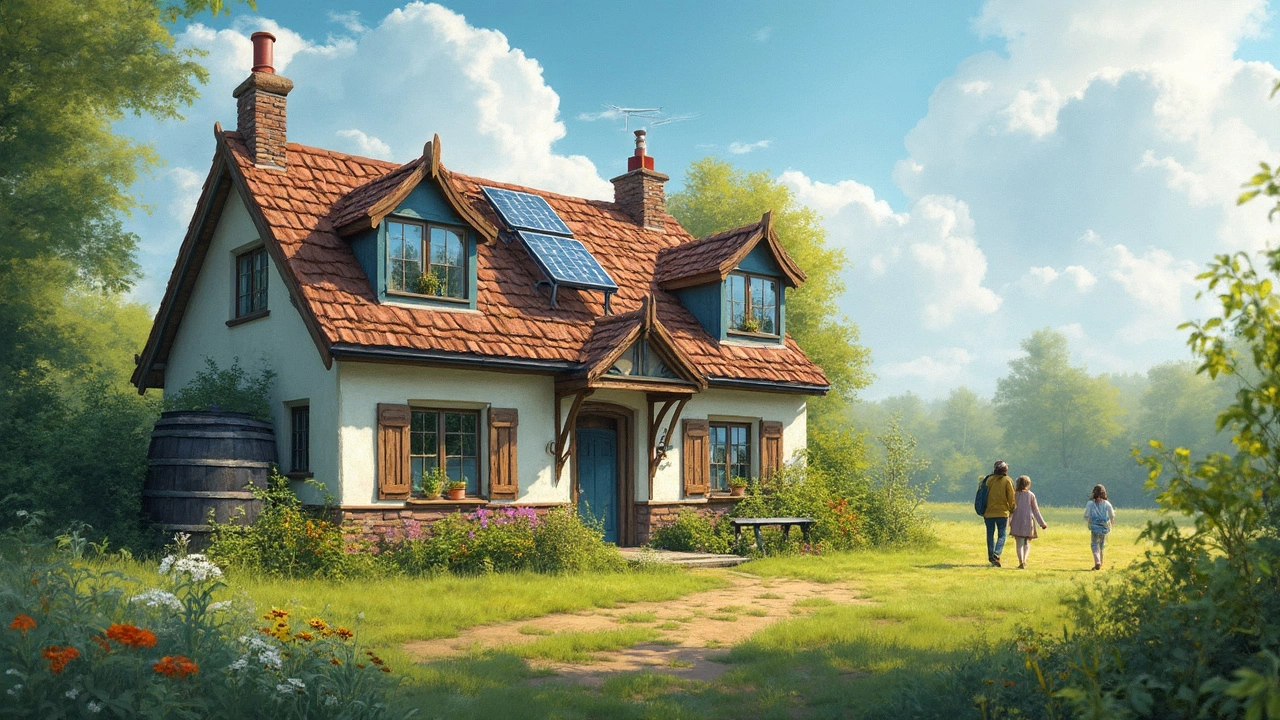
Energy Saving Tips for Travelers and Home Stays
Want to lower your energy bill and do a bit of good for the planet while you’re on the road? You don’t need a fancy gadget or a massive overhaul. Small changes in the way you use a hotel room, a cottage, or even a glamping site can add up fast. Below are easy, everyday actions that cut waste and keep your stay comfortable.
Smart Habits in Any Accommodation
First, get a feel for the thermostat. Many hotels leave heating or cooling on all day, but you only need it when you’re inside. Turn the temperature down a couple of degrees when you’re out, and use a sweater or a light blanket instead of cranking the heat.
Lights are another simple win. Turn off lamps, TV, and chargers when you’re not using them. If the room has motion‑sensor lights, let them do the work – just avoid keeping the door open for long periods.
When it comes to water, short showers save a lot of energy. If you’re staying in a self‑catered cottage, reuse towels and sheets. Most places will gladly give you fresh linens only on request, so you’re not running the laundry machine unnecessarily.
Choose Green‑Friendly Options
If you have a choice, book a place that advertises energy‑saving practices – things like LED lighting, low‑flow faucets, and solar‑powered hot water. Many boutique hotels and eco‑lodges proudly display their green credentials, and they often reward guests who help out by providing recycling bins or tips on how to reduce consumption.
Bring a reusable water bottle. Not only does it cut down on plastic waste, it also means you’ll use less electricity that would otherwise heat bottled water. Fill it up at a tap that has a filtered system – most modern accommodations have one.
Pack a travel plug with a built‑in USB charger. It lets you charge phones and tablets without leaving a charger plugged into the wall all night, which can draw phantom power.
Finally, be aware of your cooking habits. In a self‑catered cabin, opt for a microwave or electric kettle instead of a gas stove if the place offers it. Microwaves use less energy for reheating meals, and kettles boil water quickly without heating a whole pot.
These tweaks are easy to remember and cost nothing. By adjusting the thermostat, turning off unused electronics, and picking energy‑smart lodging, you’ll see lower bills and feel good about your impact. So next time you book a stay near Loch Ness, keep these tips in mind – the scenery will be stunning, and your energy use will stay low.
